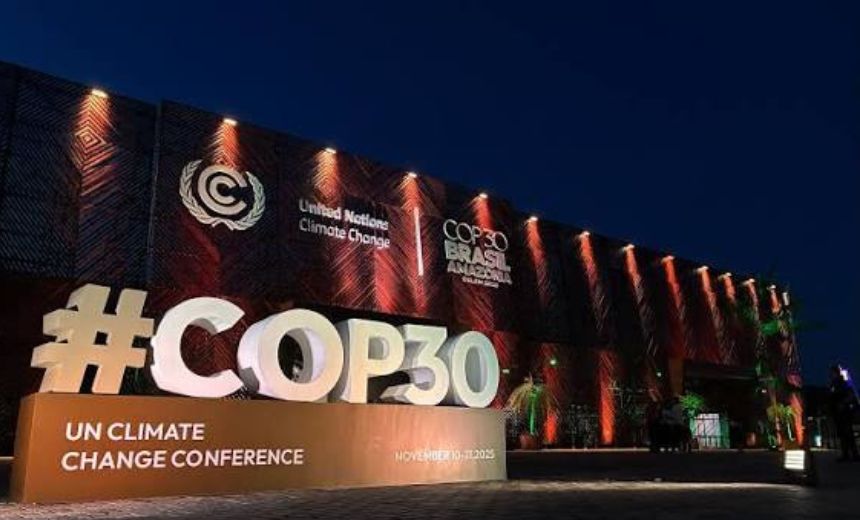World leaders have again gathered, this time in Belém, Brazil, for the 30th United Nations Climate Change Conference, COP30.
Ten years after the Paris Agreement, the question on many minds remains: are nations truly walking the talk on climate promises?
Here in Nigeria, the spotlight is on how far the country has gone in meeting its climate targets, from emissions reduction and renewable energy commitments to adaptation and finance.
As the world’s attention turns to Belém, the heart of the Amazon, climate diplomacy takes centre stage once again. The urgency is certain- global warming is edging dangerously close to the 1.5°C threshold, and the impacts are already here.
In Nigeria, the story of climate ambition is one of both progress and persistent gaps.
The country has ratified the Paris Agreement in 2017, pledging to reduce emissions, adapt to climate impacts, and pursue a low-carbon, resilient development pathway.
Under its latest climate plan, the Nationally Determined Contribution 3.0, Nigeria commits to cutting emissions by 29% by 2030, 32% by 2035, and achieving net-zero by 2060.
MUST READ: VP Shettima returns to Abuja after COP 30 World Leaders Meeting in Brazil
The plan introduces new priorities – phasing out routine gas flaring by 2030, ensuring renewables make up 50% of the power mix, and integrating health into climate policy for the first time.
Data from Nigeria’s first Biennial Transparency Report shows a 10% reduction in emissions between 2018 and 2022, largely due to growing renewable energy projects and improved waste management.
But experts warn that progress remains fragile, as the system for tracking and verifying mitigation actions is still evolving, and implementation at the state and local levels is uneven.
Climate finance remains a major challenge. Between 2015 and 2021, Nigeria received about $4.93 billion in climate-related funding – supporting 828 projects across energy, agriculture, forestry, and education. Yet, three-quarters of that support came as concessional loans, increasing the nation’s debt burden.
Nigeria’s climate challenges are multidimensional. From desertification in the North to coastal erosion in the South, millions face threats to livelihoods and food security. Women, children, and Indigenous communities remain most at risk.
Nigeria’s Energy Transition Plan and Long-Term Low Emission Development Strategy chart the path to a just transition, with natural gas as a bridge fuel and renewable energy as the future.
But bridging ambition and reality demands stronger governance, innovative financing, and community-driven action.
Nigeria’s policies on paper are ambitious but the real test lies in implementation of turning strategies into sustained action across states, industries, and communities.
As COP30 begins in Belém, the world will be watching not only for new pledges, but for proof of progress, from every nation, including Nigeria.
(Editor: Terverr Tyav)








